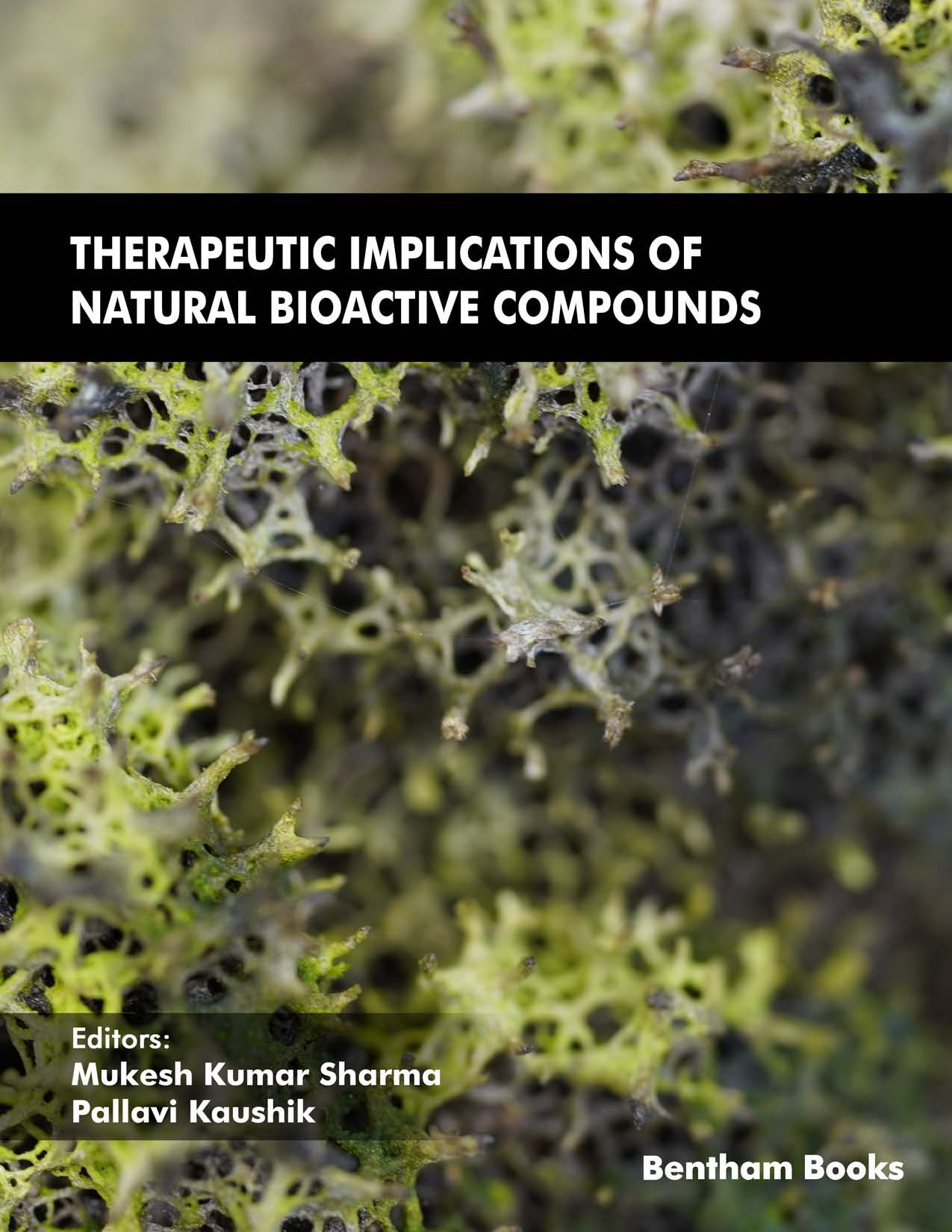Bioactive compounds have been used as traditional medicines since ancient times. Therefore, the study of therapeutic potential of various bioactive compounds against many diseases and health disorders has been an important area for scholars, academicians, doctors and pharmaceutical industry people.
There are very few books available currently to cover such a wide spectrum of topics. Therefore, this book is a definitive compilation of chapters which are mainly focused on the therapeutic implications of bioactive compounds derived from natural sources like bacteria, algae, fungi, plants and animals. Various chapters in the book incorporate the knowledge based on traditional medicine with recent advances in bioactive molecular research and their pharmaceutical and industrial importance.
A brief note on the 13 chapters of this book is given as follows:
Chapter 1 highlights the recent development strategies of flavonoids prevailing in the field of neurodegenerative diseases like Alzheimer’s, Parkinson’s, and multiple sclerosis, along with their limitations and strategies to encounter the challenges.
Chapter 2 deals with recently discovered plant and marine originated natural compounds for cancer therapeutics. This is an attempt to consolidate data on various bioactive compounds concerning with more targeted and innoxious approach along future outlook.
Chapter 3 gives a comprehensive idea about natural bioactives from plants and other sources with antibiofilm activity. Clinical validation of these bioactives will aid the medical field with alternate preventive and treatment methods against pathogenic biofilms.
Chapter 4 is a compilation of research on SARS CoV-2 with its life cycle, pathogenesis, and currently used drugs for treatment, including the synthetic ones, medicinal herbs and the specific bioactive compounds found efficacious against COVID- 19.
Chapter 5 discusses the common groups of plant derived bioactive compounds with anti-diabetic potential by virtue of their potential to modulate various pathways involved in the regulation of blood glucose levels.
Chapter 6 focuses on therapeutics and industrial application of the algae derivatives’ primary and secondary metabolites.
Chapter 7 presents an overview of the traditional uses, phytochemical constituents and various pharmacological properties of F.vulgare and T.ammi seeds.
Chapter 8 is an attempt to consolidate information on recently observed bioactive compounds which have aided in unrelenting research to explore their potential use for the treatment of various livestock diseases.
Chapter 9 provides an overview on the isolation and characterization of the bioactive compounds derived from Indian medicinal plant H. indicus, their biological properties with particular emphasis on anti-diabetic potential.
Chapter 10 deals with different works and approaches employed for utilizing tea polyphenols against pesticide induced toxicity carried out internationally and nationally, along with their future prospects.
Chapter 11 emphasizes upon the role of various bioactive compounds derived from fungal sources with their pharmacological importance.
Chapter 12 focuses on a few extensively scrutinized immunomodulatory phytocompounds from medicinal plants such as Tinospora cordifolia, Andrographis paniculata, Curcuma longa, Zingiber officinale, Allium sativum, Terminalia chebula and Piper longum which have been studied in experimental (in vitro and in vivo) models and few compounds have exhibited good therapeutic potential in clinical trials also.
Chapter 13 describes the bacteria-derived bioactive compounds like antibiotics, enzymes and other secondary metabolites like Gallic acid, Amicoumacin, Prodigiosin, Nystatin, Spinosad, Milbemycin, Lipstatin, Subtilin, Albaflavenone, Mollemycin A which have been studied for their inhibitory action against bacteria, fungi, insects, pests, etc.
We appreciate the tremendous efforts of the authors from renowned institutions of India, Japan and China for sharing their pieces of expertise in the contributed chapters. We shall also extend a hearty thanks to Bentham Science Publishers for providing the opportunity to contribute as editors of this book.
Dr. Mukesh Kumar Sharma
JSPS (Japan) Fellow
Associate Professor
Department of Zoology
SPC Government College
AJMER-305001
(Raj.) India
&
Dr. Pallavi Kaushik
Assistant Professor
Department of Zoology
University of Rajasthan
Jaipur-302004
Rajasthan, India

